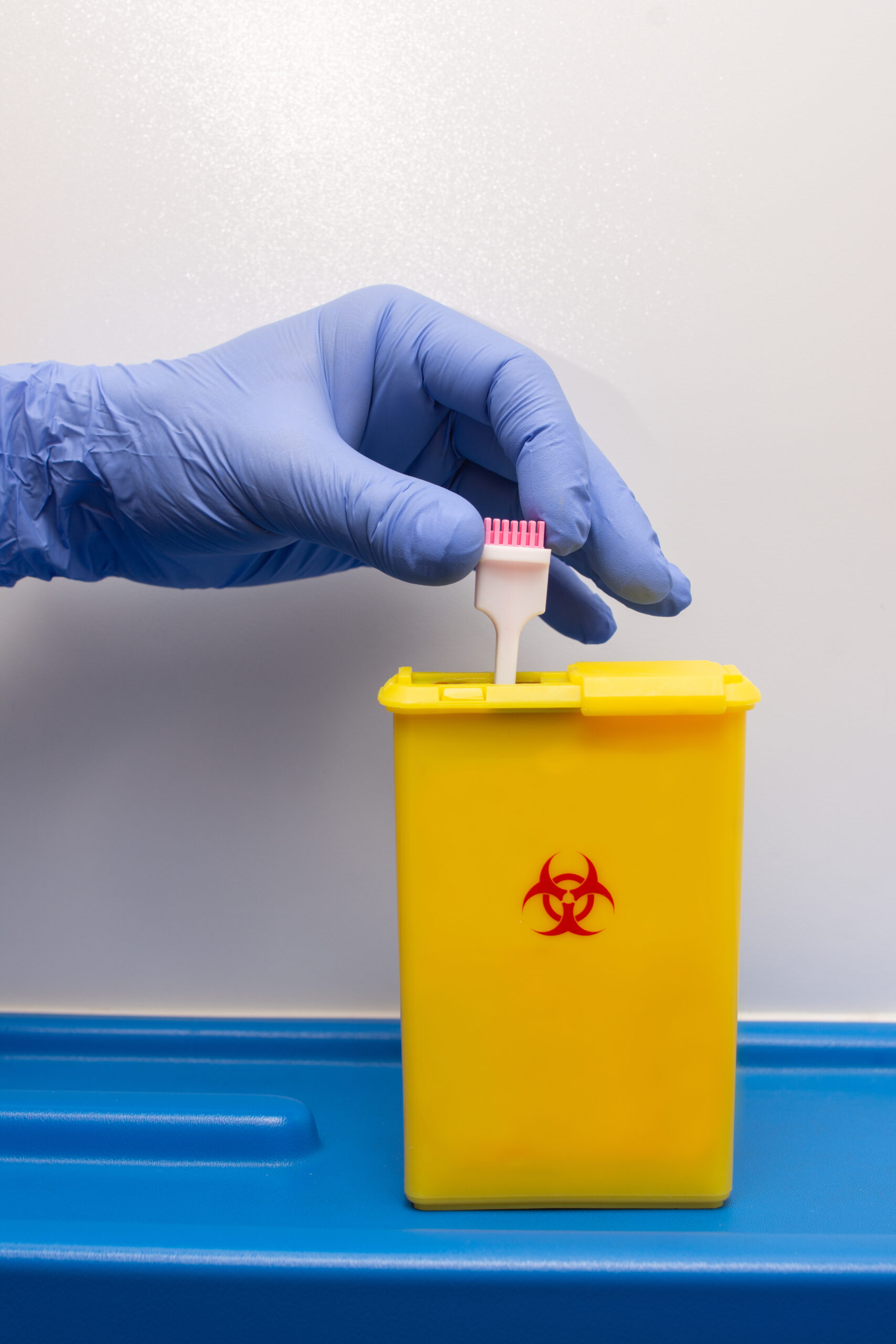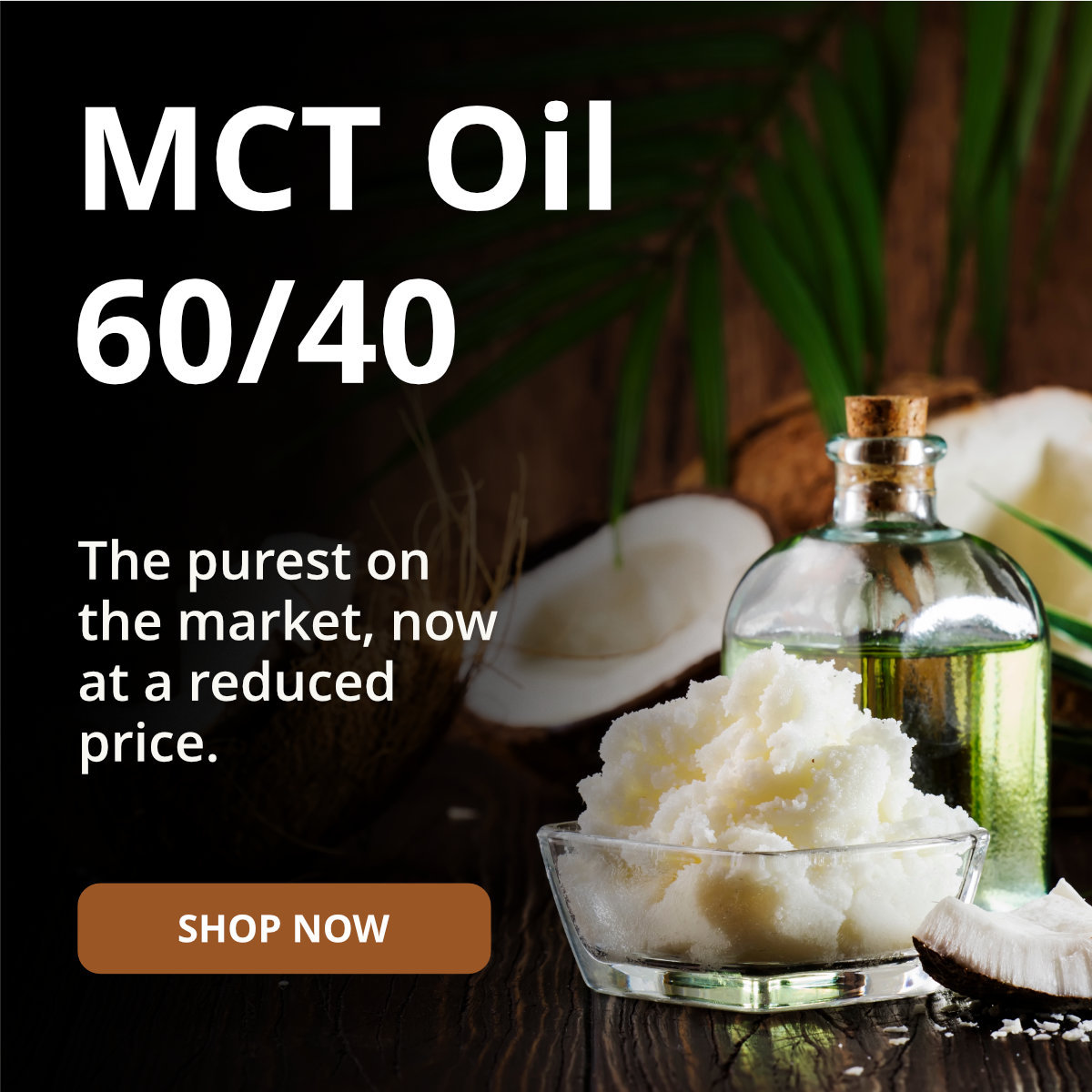When you hear the words "hydrogen peroxide," you probably envision an ugly brown bottle buried somewhere under your sink. Maybe yours is even collecting dust because you rarely use it.
But don't let its homely appearance fool you. Hydrogen peroxide was invented over 200 years ago and has been used ever since to clean, sanitize, and disinfect.
From everyday cleaning uses at home to disease prevention during the pandemic, disinfecting with hydrogen peroxide is more useful now than ever before. The CDC confirms that you can safely use hydrogen peroxide to kill viruses, bacteria, fungus, mold, and yeast.
In this post, we'll guide you through different ways of disinfecting with hydrogen peroxide. Read on to learn more!
In the Kitchen
Let's start in the kitchen, where the uses for hydrogen peroxide abound.1. Sanitize Your Surfaces
Cutting boards and countertops are notorious breeding grounds for germs. They're also challenging to clean properly, as you don't want harsh cleaning agents to come in contact with your food! Hydrogen peroxide comes to the rescue as an effective and non-toxic way to sanitize those surfaces. Spray it onto your cutting boards and other food prep areas and let it sit for at least 10 minutes to kill any lurking E.coli or Salmonella. Bonus tip: Light destroys the effectiveness of hydrogen peroxide, so always store it in an opaque bottle or dark place (or both).2. Wash Your Produce
Want to get rid of any hidden bacteria and viruses on your fresh vegetables? Prepare a solution of 1/3 cup of hydrogen peroxide to one gallon of water. You can soak delicate veggies like lettuce for 20 minutes, while tougher-skinned vegetables like potatoes and carrots can soak for up to 30 minutes. Not only does this ensure your produce is safe to eat, but it can even prolong its shelf life! Bacteria is an underlying cause of food rot, so this cleaning method will keep food fresher for longer in your fridge.3. Disinfect Your Dishwasher
How often do you think about cleaning your dishwasher? Apparently, others don't either, as 83% of dishwashers test positive for fungi and black yeast. These harmful substances tend to build up in your dishwasher's rubber seals, traps, and crevices. Spray these areas with your hydrogen peroxide and water mixture or scrub them with peroxide and baking soda.In the Bathroom
Now that your kitchen is disinfected, let's move onto your bathrooms.1. Destroy Mildew & Mold
Mold and mildew thrive in moist environments, like your shower stall or bathtub. Disinfecting with hydrogen peroxide is a safe way to kill those colonies without having to breathe in harmful bleach fumes. Spray areas of visible mold or mildew with undiluted hydrogen peroxide and let it sit for at least 30 minutes. Rinse with water, and if necessary, give those areas a scrub to remove any lingering stains.2. Scrub Away Soap Scum
Speaking of scrubbing, let's talk about soap scum. To get rid of that nasty white buildup, mix a foaming paste of 1 cup baking soda and 2 tablespoons of hydrogen peroxide. Once the bubbles calm down, scrub the surfaces of your shower and tub to get rid of soap scum. Bonus tip: Be sure to wear gloves, as hydrogen peroxide can irritate your skin!3. Disinfect Your Toothbrush
Bacteria from your mouth build up on your toothbrush over time, and that's not the only thing. Studies commonly find traces of fecal coliform on toothbrushes that went airborne after a flush. (Ew.) The good news is that simply soaking your toothbrushes in hydrogen peroxide can eliminate 85% of bacteria. Sounds like a good habit to start!Other Uses for Hydrogen Peroxide
Are you hooked on cleaning with hydrogen peroxide? Here are some other practical (and safe) uses you can try.- Clean your sinks
- Scour your pots and pans
- Disinfect your garbage cans
- Give your toilet a deep-clean
- Shine your mirrors and windows
- Whiten yellowed porcelain
- Remove clothing stains
- Brighten dingy sheets and towels
- Remove algae from your fountain or water feature
- Spray on plants to prevent fungal growth
- Disinfect an (empty) cat litterbox
- Sterilize makeup brushes
Disinfecting With Hydrogen Peroxide: Final Thoughts
Cleaning fads come and go, but disinfecting with hydrogen peroxide has stood the test of time. It's non-toxic and safe to use in the busiest areas of your home. Use it to sanitize your kitchen surfaces and remove bacteria from fresh produce. Hydrogen peroxide can work wonders in your bathroom, killing mold and mildew while whitening and brightening those surfaces. You can also use it to whiten your clothes or ward off fungal infections in your garden. What's the takeaway? It's time to dust off that brown bottle and put hydrogen peroxide to work for you! There's no better (non-toxic) way to clean your home. Can't find that dusty old bottle? It's time to stock up on your new favorite cleaning solution. Click here to shop for hydrogen peroxide and have it delivered right to your door!Recent Posts
-
 Yesenia05/23/2025
Yesenia05/23/2025Syringe Filters-Why They Matter in Laboratory Applications
-
 Yesenia05/15/2025
Yesenia05/15/2025Proper Disposal of Used Syringes and Needles: A Complete Guide
-








